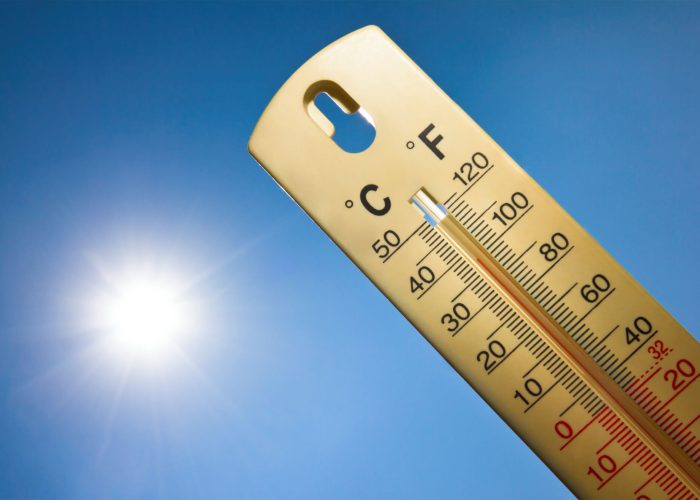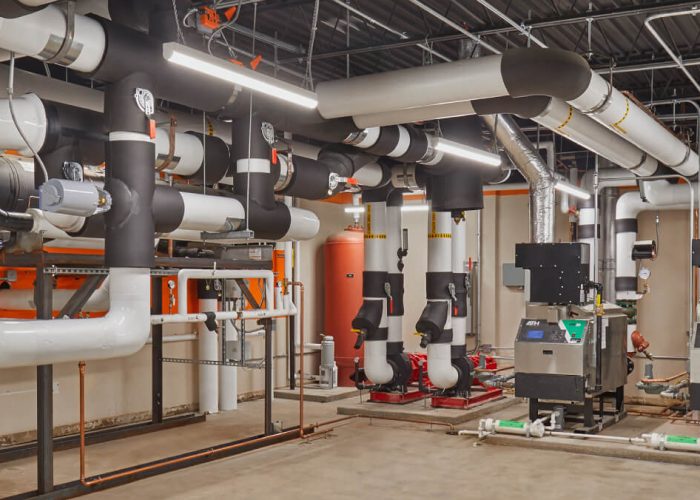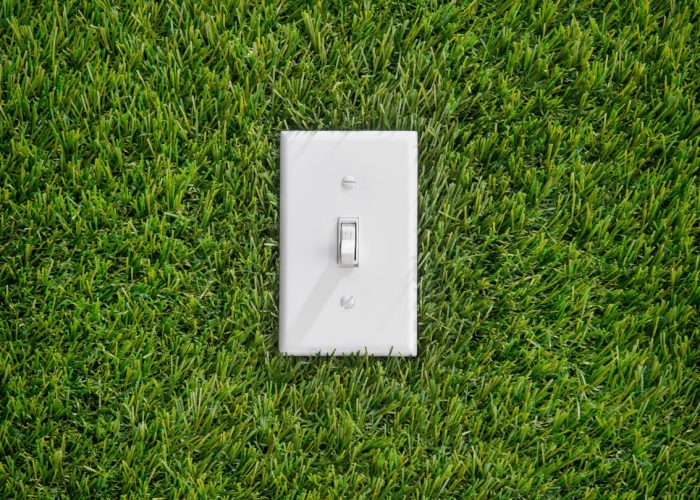As summer approaches, there is a major opportunity to avoid high utility bills and ensure the quality of indoor environments. You can achieve significant savings by applying the correct operational parameters.
For educational facilities, the summer break for students can also mean a break from high utility bills—if and when the proper operating parameters are utilized. Unoccupied buildings present a great opportunity to achieve significant savings on utility costs. And savings are not the only benefits.
You can achieve significant savings while avoiding:
- An uncomfortable or even stifling indoor environment
- The potential for mold growth in your buildings
- Shortcuts that risk or cause actual damage to your equipment and systems
September 2020 UPDATE: We have updated our Best Practices for Indoor Air Quality in School Buildings in light of the COVID-19 pandemic. Please see that resource for the most updated information about healthy school buildings.
Avoid Unnecessary Occupied Mode
In many situations, buildings are kept in occupied mode all summer. This is often as a result of efforts to control or prevent mold growth. The problem is that this can lead to the opposite of the desired effect. Ironically, buildings in constantly occupied mode will still present high humidity issues. They will also cost significant energy dollars in the process. The risk is that you spend money unnecessarily on additional energy but still don’t fix the mold problem.
The answer is to have a robust plan in place. The goal of this plan is to make sure the correct settings are applied. But, in order to implement it effectively, proper training of maintenance and custodial staff is necessary. When key people understand the benefits and know practically what is required to achieve them, they can take the correct actions. That way, your settings won’t be altered accidentally and you will reap the benefits and savings.
Follow the checklist below:
- Set your systems to run in UNOCCUPIED mode at all times
- Enable your central cooling system so that chilled water is available whenever the average temperature in your building reaches 80 degrees (adjustable)
- Since the spaces are now in UNOCCUPIED mode, the outside air dampers should be closed when the units are running, in order to prevent hot humid air from entering the building
- Keep the chilled water loop setting low, cold enough for the units to wring out any humidity that could be in the building, without over-cooling space (this process ensures the heating system is not needed for dehumidification.)
Experiencing the Advantages of UNOCCUPIED Mode
One great example of the positive impact of applying the correct parameters can be observed at Clifty Creek Elementary in Columbus, IN. The Bartholomew Consolidated School Corporation implemented a comprehensive energy conservation program in 2011. One challenge was that overall savings delivered by the program were somewhat limited, due to the district’s annual battle to prevent mold growth in their schools during the summer. Clifty Creek Elementary was the district’s worse case. The location, design, and layout of the building all contributed to making control of moisture and humidity in the school very difficult.
Traditional humidity control methods proved to be very costly in terms of energy use, yet not very effective at mold prevention. Significant mold growth issues often occurred towards the end of the summer, just prior to the start of the school year. This required expensive external environmental consultants and extended hours for district staff, in order to clean the premises and prepare for the school year ahead.
New control strategies suggested by Performance Services, together with the Energy Leadership program, were adopted for the first time in the summer of 2013. The benefits were timely and significant. Not only was the very costly annual fight against mold eliminated, the school’s summer energy performance improved enough to help it achieve the coveted Energy Star rating from the US Environmental Protection Agency.
Charlie McCoy, Energy Manager for Bartholomew Consolidated Schools in Columbus, stated
“It took two years to convince our staff to give this a try because we were very reluctant to try something that seemed like such out of the box thinking for our district. By following these guidelines we were able to gain control of the building humidity. Prior to 2013 our humidity levels in the building averaged 71% in June and July. In 2013 the humidity levels were in the low 50% range. The ROI was excellent! Zero cost to implement, 35% savings in energy use and being able to start the year without mold remediation was priceless. It was a leap of faith on the leadership team’s part that produced amazing results.”
The success the district enjoyed at Clifty Creek Elementary was shared at the other school corporation buildings. Significant energy savings were realized and humidity and moisture issues were kept under control.
Need help with your indoor air quality and not sure where to start?
Contact us for an onsite, no-obligation assessment. With over 20 years of experience creating optimal environments, we have the expertise to propose customized solutions for improving your HVAC systems. We provide turnkey design, installation, and verification services to ensure your operational goals are met.

Mike Lindsey joined Performance Services in 2010, bringing with him 14 years of experience working as an owner’s representative on 15 major construction, addition and HVAC renovation projects.
Mike Lindsey Director of Performance Assurance




